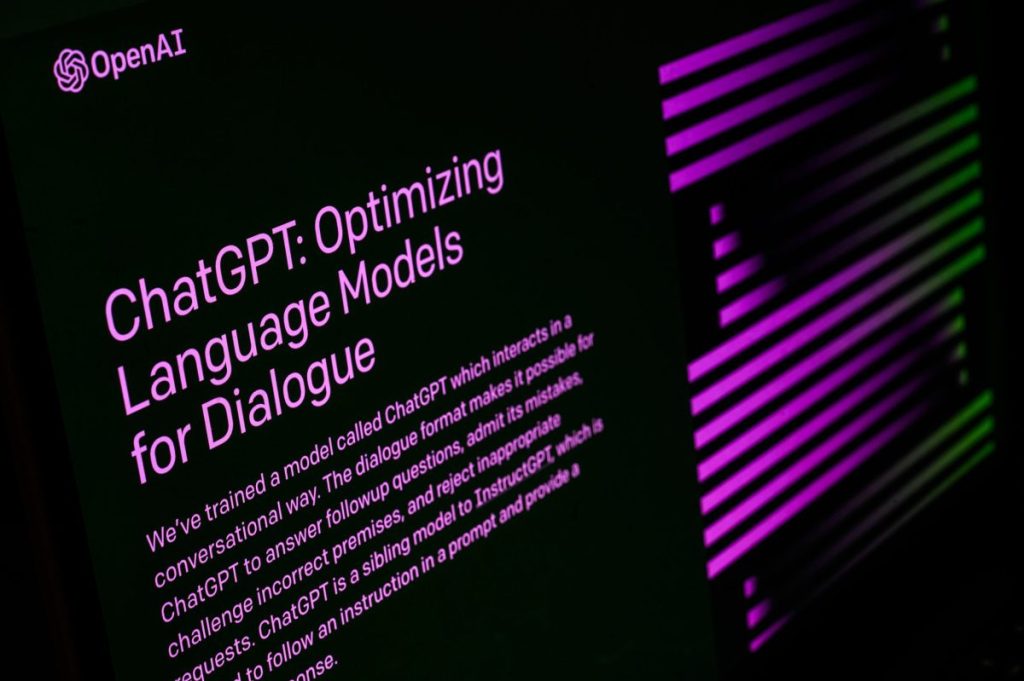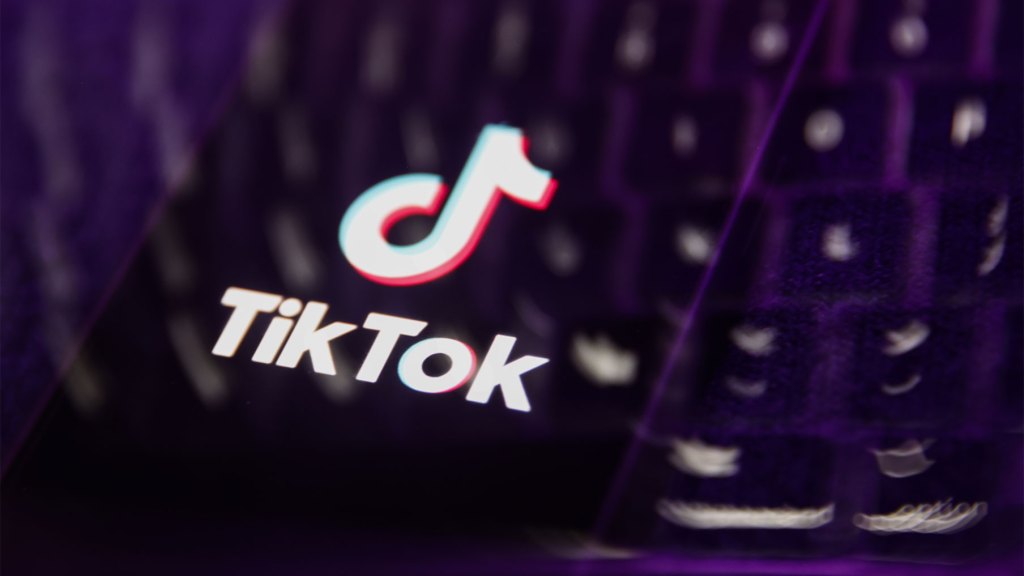Since its debut in November 2022, OpenAI’s ChatGPT has rapidly transformed from a novel AI tool into a global phenomenon, boasting over 300 million weekly active users. Initially designed to enhance productivity by assisting with tasks like drafting essays and coding through simple text prompts, ChatGPT has evolved into a multifaceted platform integrated into various applications and services.
Key Developments and Milestones:
1. Integration with Apple Intelligence:
In 2024, OpenAI partnered with Apple to incorporate ChatGPT into Apple’s generative AI suite, Apple Intelligence. This collaboration aimed to provide users with advanced AI capabilities seamlessly integrated into Apple’s ecosystem, enhancing user experience across devices.
2. Introduction of GPT-4o with Voice Capabilities:
The release of GPT-4o marked a significant advancement, introducing voice capabilities to ChatGPT. This update allowed users to engage in more natural and interactive conversations, broadening the chatbot’s applicability in daily tasks and professional settings.
3. Launch of Sora – Text-to-Video Model:
OpenAI unveiled Sora, a text-to-video model, expanding ChatGPT’s functionalities beyond text generation. Sora enabled users to create video content from textual descriptions, opening new avenues for content creation and multimedia applications.
Leadership Changes and Legal Challenges:
1. Executive Departures:
The company experienced notable leadership changes, including the departures of co-founder and chief scientist Ilya Sutskever and CTO Mira Murati. These exits signaled a period of transition and strategic realignment within OpenAI.
2. Legal Disputes:
OpenAI faced legal challenges, notably from Alden Global Capital-owned newspapers alleging copyright infringement. Additionally, Elon Musk sought an injunction to halt OpenAI’s transition to a for-profit model, highlighting the complex legal landscape surrounding AI development and commercialization.
Strategic Initiatives and Future Outlook:
1. Expansion Plans:
In 2025, OpenAI aimed to reach 1 billion users by introducing new AI products, building proprietary data centers, and strengthening partnerships, notably with Apple. These efforts underscored OpenAI’s commitment to scaling its operations and enhancing AI accessibility.
2. Addressing Competition:
Facing competition from Chinese AI firms like DeepSeek, OpenAI focused on fortifying its position in the AI race. This included engaging with policymakers in Washington and pursuing ambitious infrastructure projects to support its growth and innovation objectives.
3. Financial Strategies:
Reports indicated that OpenAI was preparing for one of the largest funding rounds in history, reflecting its aggressive approach to securing resources necessary for sustained development and market leadership.
Recent Product Updates:
1. Enhanced Image-Generation Feature:
In March 2025, OpenAI upgraded ChatGPT’s image-generation capabilities by integrating the GPT-4o model. This enhancement allowed users to generate and edit images directly within ChatGPT and Sora, catering to the growing demand for AI-driven visual content creation.
2. Leadership Appointments:
OpenAI announced that COO Brad Lightcap would lead global expansion and manage corporate partnerships, allowing CEO Sam Altman to concentrate on research and product development. Additionally, Mark Chen was appointed as chief research officer, and Julia Villagra took on the role of chief technology officer, signaling a strategic focus on innovation and operational excellence.
Conclusion:
ChatGPT’s journey from a text-based assistant to a comprehensive AI platform illustrates OpenAI’s dedication to advancing artificial intelligence. Through strategic partnerships, technological innovations, and proactive leadership, OpenAI continues to shape the future of AI applications, striving to make AI tools more accessible and beneficial across various sectors.



